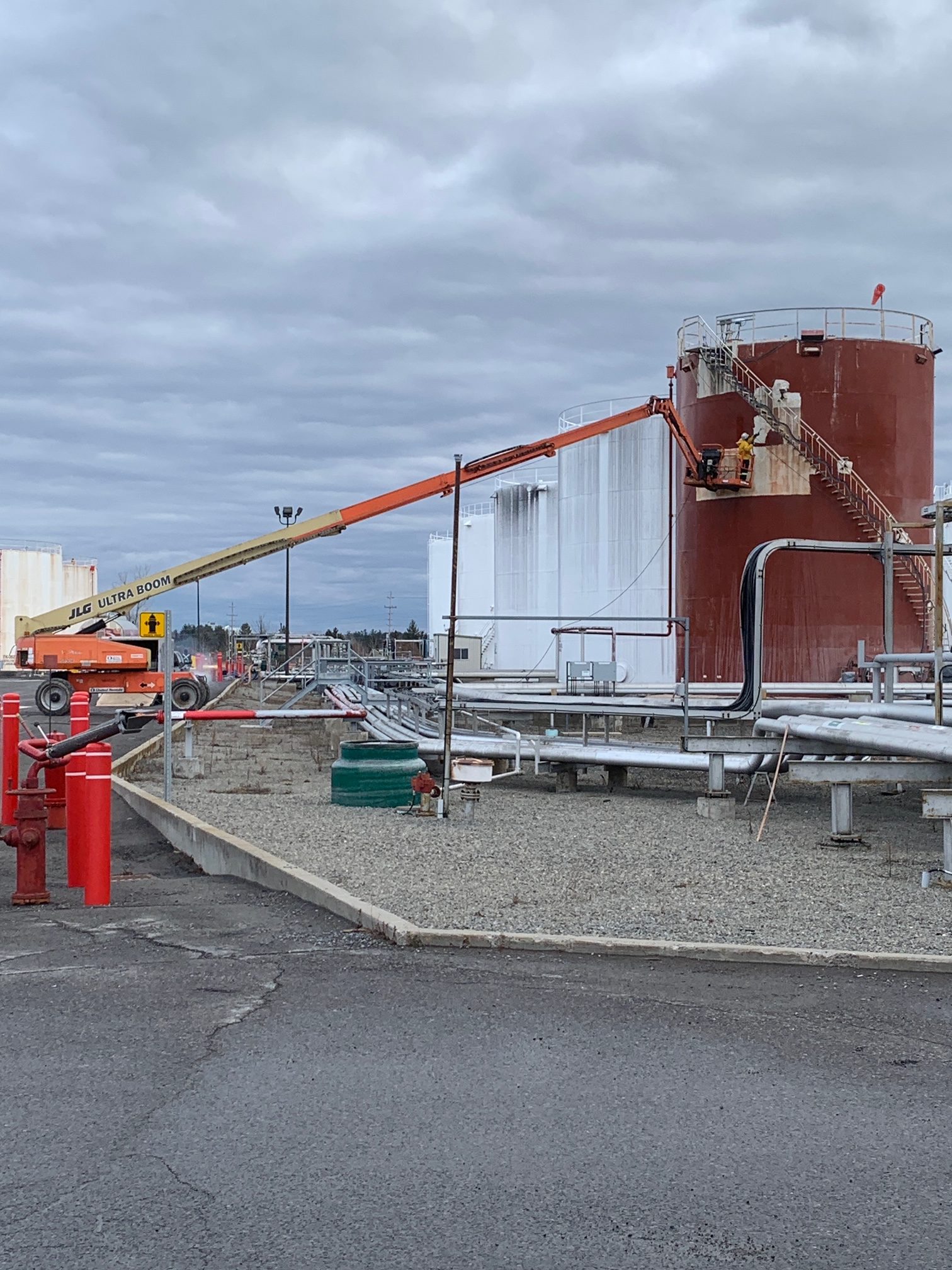
Once you no longer need to use an underground storage tank (UST) at your business or on your property, it’s time to consider proper closure or removal of the tank. Naturally, this is an undertaking that can involve many hazards, including flammable, combustible liquids, evacuations and even confined spaces. Because of the possible hazards involved, you must take steps to ensure the safety of the public and any employees or independent contractors you have is preserved. Since a petroleum tank you’re no longer using could pose a threat to the environment, you must ensure the tank is closed and removed properly if possible.
Petroleum UST closure and removal
The regulations you will need to follow to close and remove a UST are set by the province where the tank is located. To avoid any problems, it’s wise to work with a licensed and experienced tank closure and removal company. To comply with all the tank closure rules in your area, you will likely have to complete forms and follow other requirements, including having tests conducted. Your tank service company will be able to help you with all of this to ensure you do everything that is required. If you don’t follow the regulations that apply to your UST closure or removal, you could end up with fines or become the target of legal actions taken by the provincial, local or federal government.
Even if you are just planning to close your UST temporarily, you will still need to take certain steps. If there are concerns about the hydraulic pressure on the tank, for example, you may be able to fill it with a non-corrosive, non-hazardous liquid to close it. Required venting is permitted, but you still have to properly seal access and fill locations and the piping using approved items.
Power service to pumps for your UST must be disconnected unless you are using that power for other equipment that will still be in use after the closure. You’ll have to pass compliance inspections as determined by the province where the tank is, and you might need to have insurance for pollution liability in the event your closed tank is found to be harming the nearby environment down the road.
UST abandonment
Depending on your situation, you may be permitted to close your petroleum UST and leave it in place. A tank that is under a building’s foundation, for example, might be allowed to stay in place after closure because removing it could jeopardize the structure of the building or buildings nearby. Even if you are allowed to abandon the tank, it still has to be closed properly and in accordance with all rules and regulations. Otherwise, you are risking fines and other legal ramifications.
If possible, removing a UST is ideal. This reduces the chance that the tank will contaminate groundwater or soil nearby and can help add value to your property. Work with a professional petroleum services company for your tank closure or removal to ensure you are adhering to all the regulations and rules regarding your project. They will provide you with the paperwork needed to show you took the appropriate steps at the tank site.